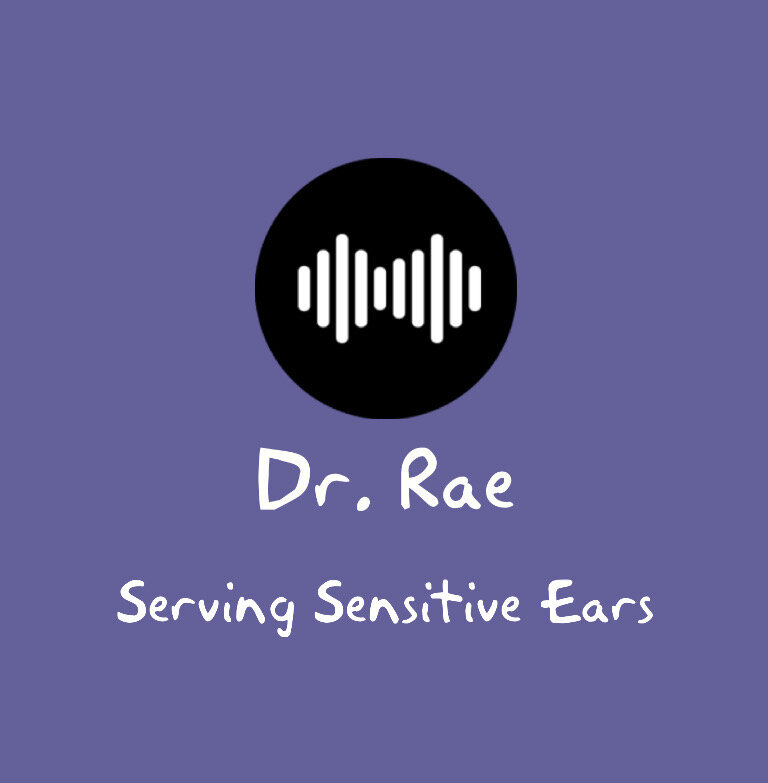Ehlers-Danlos Syndrome (EDS): The Need to Self-Protect from Noise
Ehlers-Danlos Syndrome, Hearing Loss, and the Right to Control Your Sound Environment
As an audiologist, I'm fascinated by the potential connection between Ehlers-Danlos Syndrome (EDS) and an increased vulnerability to hearing damage from loud noises. EDS, a group of connective tissue disorders, can lead to hypermobility and tissue fragility. There's a possibility that this extends to the delicate structures within the ear, like the eardrum and the tiny muscles responsible for the acoustic reflex.
Our acoustic reflex is a natural defense mechanism. When a sound is too loud, muscles in our middle ear contract, tightening the eardrum and dampening the sound. It helps protect us from sudden blasts and improves our ability to hear speech in noisy places. If this reflex is less active or ineffective in people with EDS, they could be less protected and more susceptible to noise-induced hearing loss.
This theory aligns with the increased sound sensitivity (hyperacusis) often seen in both the EDS and autism populations. While sensory overload likely plays a role, I suspect a physical component as well, stemming from the compromised acoustic reflex.
Protecting Our Ears: A Precautionary Approach
While we still need solid research to confirm the link between EDS and hearing risks, the possibility demands our attention. Until we know more, it's wise to err on the side of caution and consider protective measures for those with EDS. The good news is that we don't have to choose between protection and deprivation.
Overprotecting our ears can indeed cause problems, especially for young children. Constant quiet can lead to hypersensitivity, social isolation, and even language delays. But the risks of noise damage are significant for everyone, including the very young.
Finding the Middle Ground
What we need is a balanced approach. Hearing protection that reduces noise levels while still allowing for clear speech communication is key. This could be as simple as custom-fit earplugs or specialized hearing aids programmed for “normal hearing” to reduce background noise while enhancing speech. The goal is to create a comfortable soundscape, not complete silence.
Empowering Individuals with Sensory Differences
As an audiologist, I believe people with sensory sensitivities and auditory processing challenges have the fundamental right to control their auditory environment. Growing up, my parents wisely let me decide if and when I wanted to take my ADHD medication. This fostered a sense of autonomy and empowered me to self-advocate. The same principle applies to sound management.
When people have the tools and agency to adjust their soundscape, they can protect themselves from discomfort and pain without sacrificing their ability to engage with the world. When we, as audiologists, listen to and believe their experiences, we can partner with them to find solutions.
Looking to the Future
Further research into the relationship between EDS, acoustic reflex dysfunction, and sound sensitivity is essential. With it, we can tailor our care for individuals with EDS. Skilled hearing aid programming could potentially act as a substitute for the weakened acoustic reflex, offering both protection and improved speech perception.
